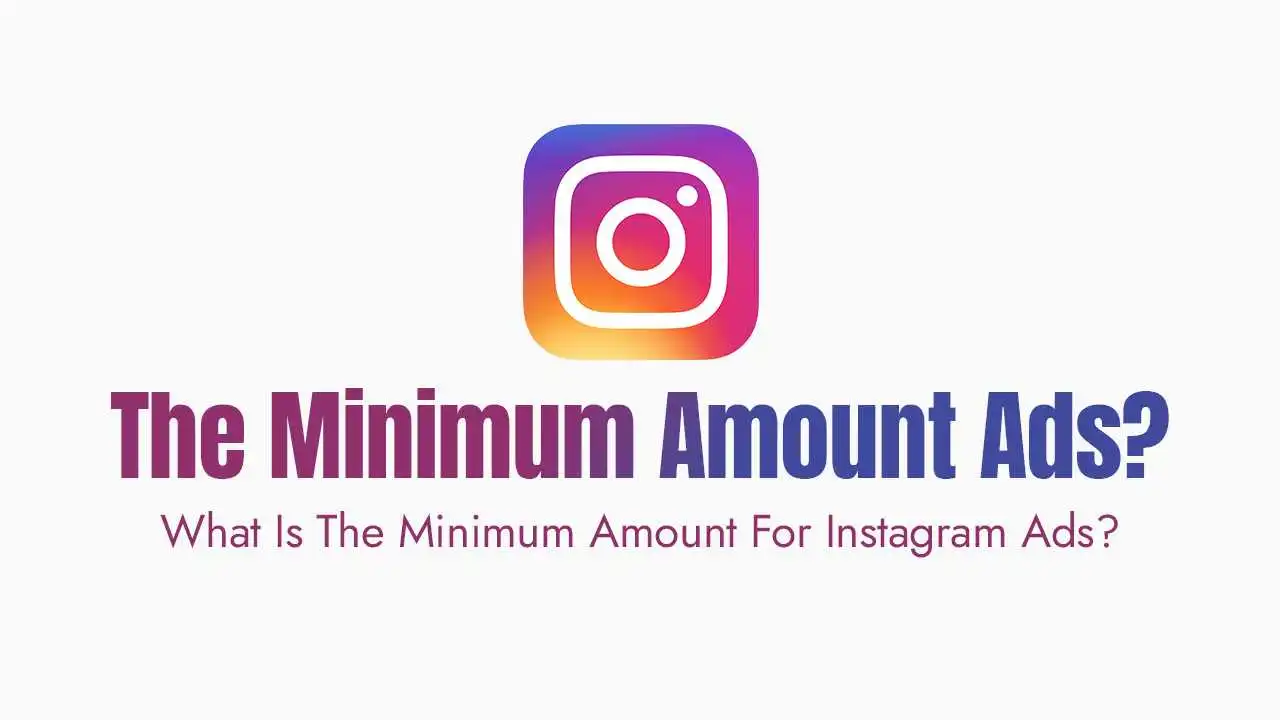You’ve poured your heart into building your WooCommerce store, meticulously adding products and perfecting your branding. But if customers can’t find you in Google search results, all that hard work might go unnoticed. This is where WooCommerce SEO comes into play.
1. The Foundation:Keyword Research for E-commerce:
Understand User Intent: Are they looking to buy (commercial intent, e.g., “buy noise-canceling headphones”) or research (informational intent, e.g., “best noise-canceling headphones reviews”)? You need both.
Find Product-Specific & Long-Tail Keywords: Go beyond generic terms. People often use long, specific phrases when searching for products. For example, instead of just “t-shirt,” think “organic cotton t-shirt men’s large black.”
Utilize Keyword Research Tools: Tools like Google Keyword Planner (free), SEMrush, Ahrefs, or Moz Keyword Explorer can help you discover relevant keywords, their search volume, and competition levels.
2. On-Page SEO:
Optimizing Your WooCommerce Content
Product Titles & Meta Descriptions:
Product Title: This is your
H1tag and the main title visible on your product page. Make it descriptive and include your primary keyword naturally.SEO Title (Page Title): This is what appears in Google search results and browser tabs (set using an SEO plugin). Keep it concise (50-60 characters), compelling, and front-load your main keyword.
Meta Description: The brief summary (approx. 140-160 characters) that appears under your SEO title in search results. Write it to entice clicks, including keywords and a clear value proposition.
Unique Product Descriptions:
Go Beyond Manufacturer Details: Don’t just copy-paste. Write unique, compelling descriptions that highlight benefits, features, and answer potential customer questions. This avoids duplicate content issues and adds value.
Incorporate Keywords Naturally: Weave your researched keywords into the description, but avoid “keyword stuffing” which harms readability and can be penalized.
Use Headings & Bullet Points: Break up text with
H2,H3headings and bullet points for scannability.
Product URLs (Permalinks/Slugs):
WooCommerce uses your product title by default. Optimize it!
Keep URLs clean, concise, descriptive, and include your main keyword.
Example:
yourstore.com/shop/black-leather-wallet(good) vs.yourstore.com/?product=12345(bad).
Image Optimization:
Descriptive File Names: Use keywords in your image file names (e.g.,
black-leather-wallet.jpginstead ofIMG_001.jpg).Alt Text: Crucial for accessibility and SEO. Describe the image content clearly and naturally incorporate keywords.
Compression & Format: Compress images to reduce file size without losing quality (plugins like Smush). Consider modern formats like WebP for faster loading.
Category & Tag Pages: These are often overlooked but can rank for broader terms.
Optimize their titles, meta descriptions, and add unique, keyword-rich introductory content.
Ensure a logical category structure that makes sense to both users and search engines.
Breadcrumbs:
Enable breadcrumbs (e.g.,
Home > Apparel > T-Shirts > Organic Cotton Tee). They improve user navigation and help search engines understand your site structure. Most SEO plugins or themes offer this.
3. Technical SEO:
Ensuring Your Store is Search-Engine Friendly
Site Speed & Performance: (A crucial crossover with CRO!) Google prioritizes fast-loading sites. Optimize images, use caching plugins (WP Rocket, LiteSpeed Cache), consider a CDN (Content Delivery Network), and ensure reliable hosting.
Mobile-Friendliness: Your WooCommerce store must be responsive and provide an excellent experience on all devices. Google’s mobile-first indexing means they primarily use your mobile site for ranking.
SSL Certificate (HTTPS): An SSL certificate encrypts data, making your site secure (
https://in the URL). This is a ranking factor and essential for e-commerce trust.XML Sitemaps & Robots.txt:
XML Sitemap: A map of your website’s pages and products that helps search engines discover your content. SEO plugins automatically generate this.
Robots.txt: A file that tells search engine crawlers which parts of your site they can or cannot access.
Schema Markup (Structured Data):
Implement Product Schema (e.g., using Rank Math or AIOSEO). This code helps search engines understand details like product name, price, availability, and reviews, leading to rich snippets (star ratings, price directly in search results) that significantly boost click-through rates.
Handling Duplicate Content:
WooCommerce can generate duplicate content (e.g., product variations, pagination, filter URLs). Use canonical tags to tell Google which version of a page is the preferred one to index.
Internal Linking:
Link related products, categories, and blog posts within your store. This helps distribute “link juice,” improves crawlability, and guides users to relevant content.
Broken Links & Redirects:
Regularly check for broken links (404 errors) using tools like Google Search Console.
Implement 301 redirects for old product pages or URLs that have changed, ensuring traffic and link equity are passed to the new page.
4. Off-Page SEO & Authority Building:
Backlinks: Quality backlinks from reputable websites signal authority to Google. Focus on earning natural links through valuable content, industry relationships, or outreach.
Customer Reviews: Encourage customers to leave reviews on your product pages and external platforms like Google. User-generated content is great for SEO and provides social proof.
Local SEO (Google Business Profile): If you have a physical store or target local customers, optimize your Google Business Profile (GBP). Ensure Name, Address, Phone (NAP) consistency across all online listings, gather reviews on GBP, and add high-quality photos.
5. Content Marketing for WooCommerce SEO:
Target Informational Keywords: Create blog posts, guides, or “how-to” articles around topics related to your products but not directly selling them. (e.g., “how to choose the right yoga mat,” “caring for leather goods”).
Attract New Audiences: These informational posts can attract users higher up the sales funnel, who you can then guide to your products.
6. Essential WooCommerce SEO Plugins:
Yoast SEO: A popular choice for all-around WordPress SEO, with a dedicated WooCommerce add-on.
Rank Math: A powerful, feature-rich alternative that offers robust WooCommerce SEO features, including schema markup.
All in One SEO (AIOSEO): Another comprehensive plugin with WooCommerce-specific tools.
7. Monitoring Your WooCommerce SEO Performance:
Google Search Console: Essential for monitoring your site’s indexing status, identifying crawl errors, seeing which keywords you rank for, and tracking clicks from search.
Google Analytics: Track organic traffic, user behavior, conversions, and identify popular pages.
Keyword Tracking Tools: Monitor your keyword rankings over time to see progress.





